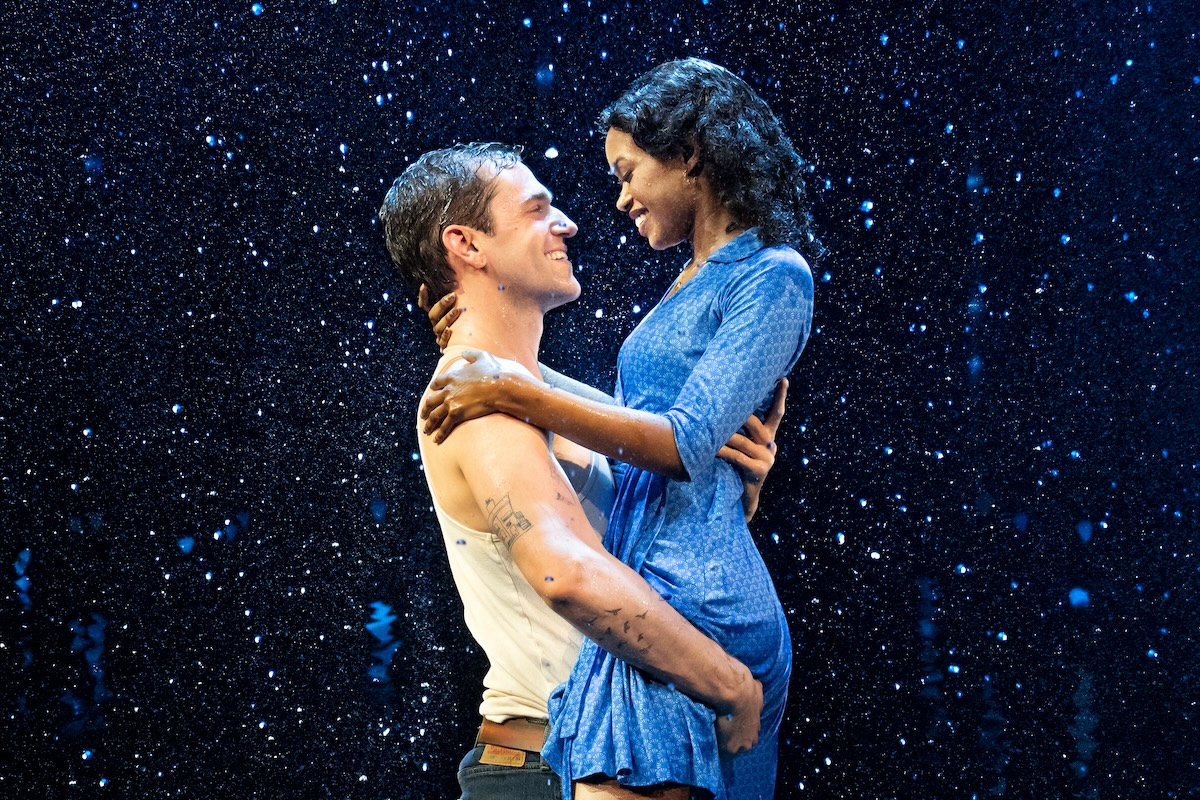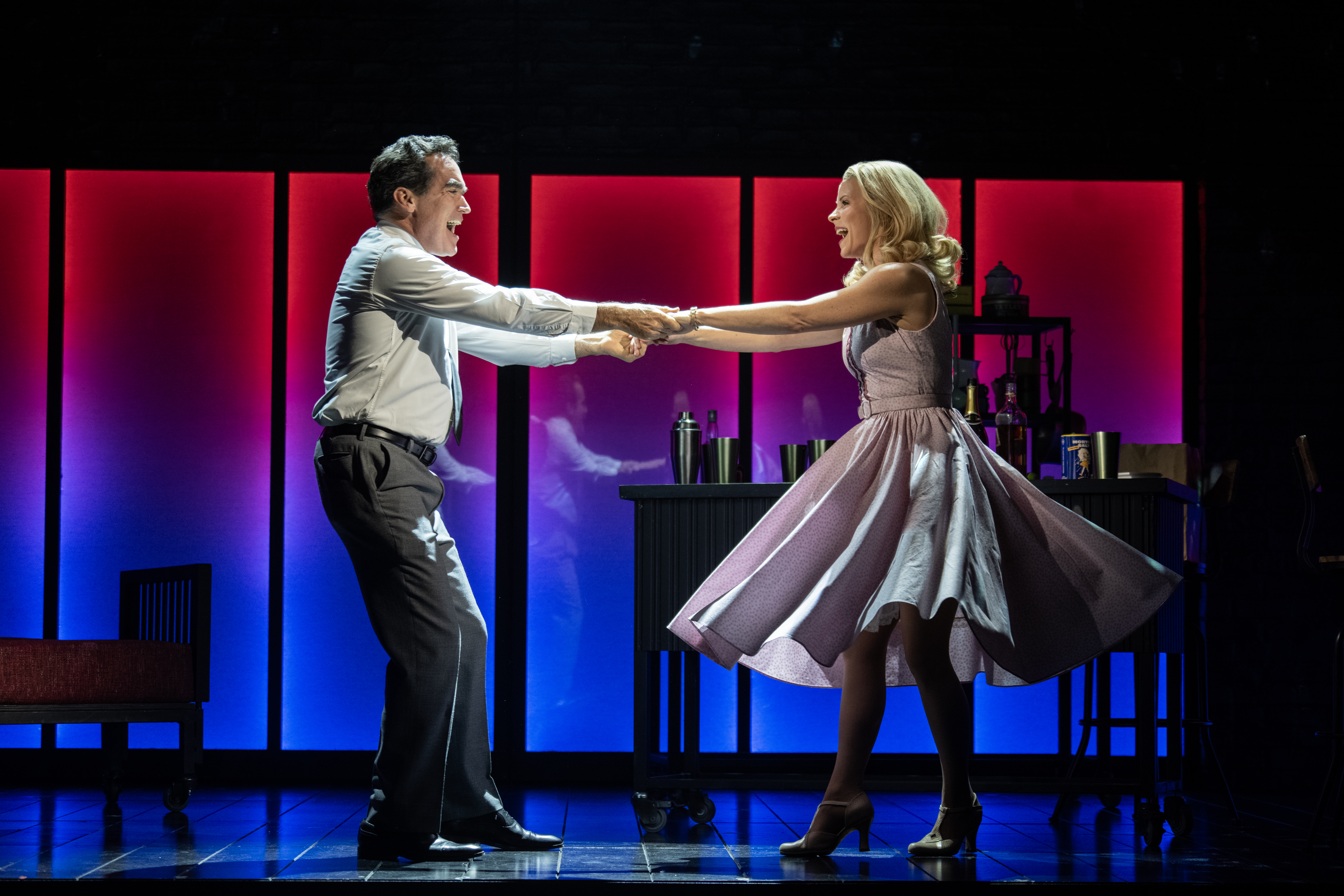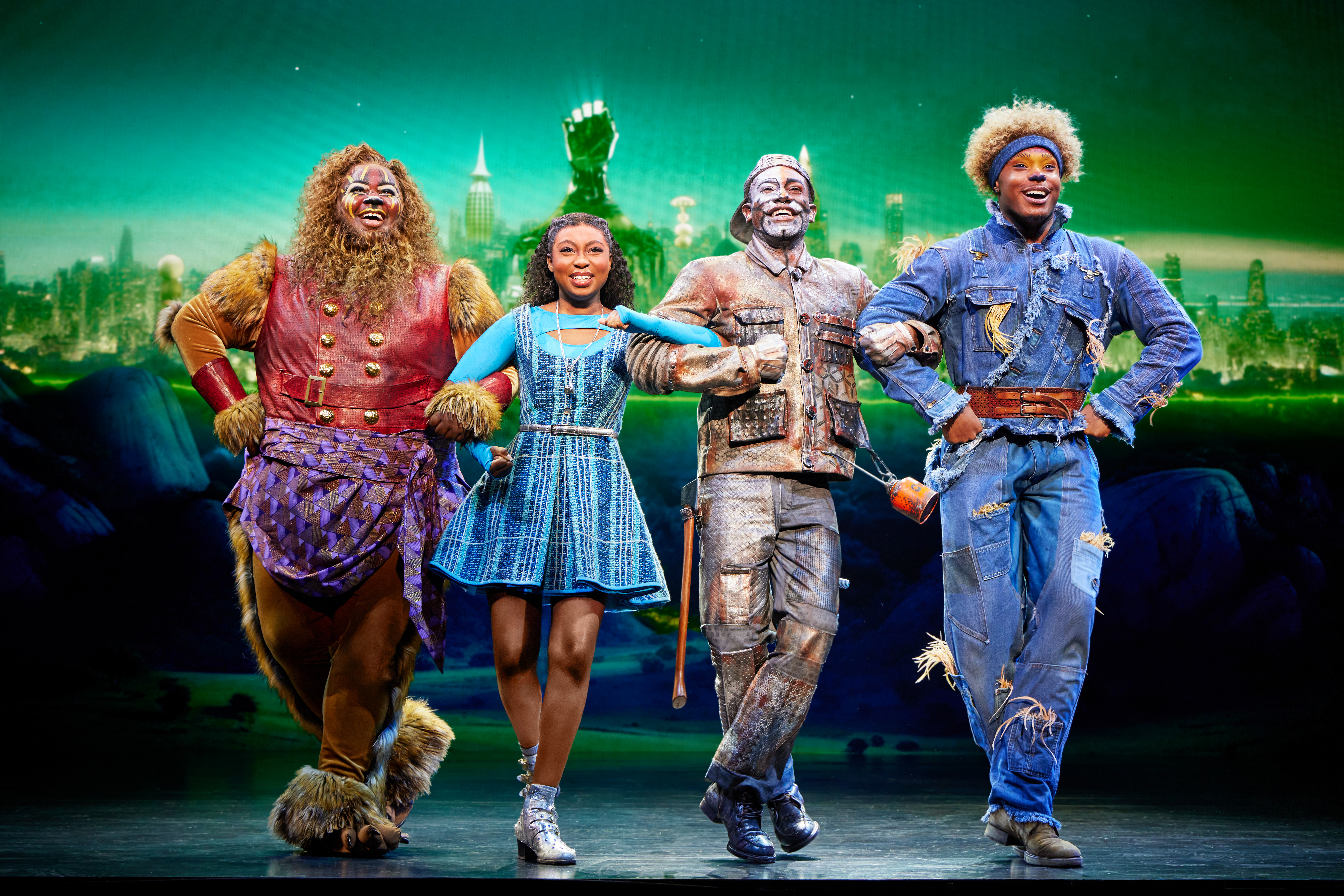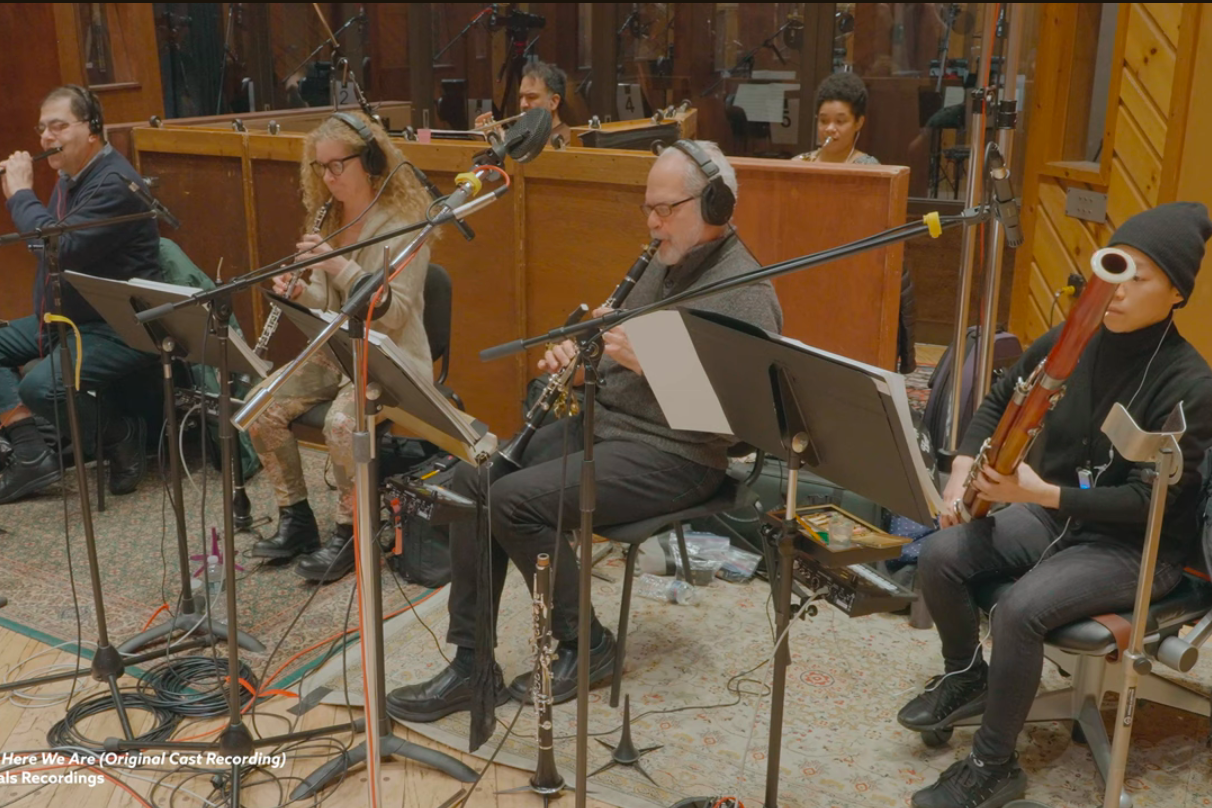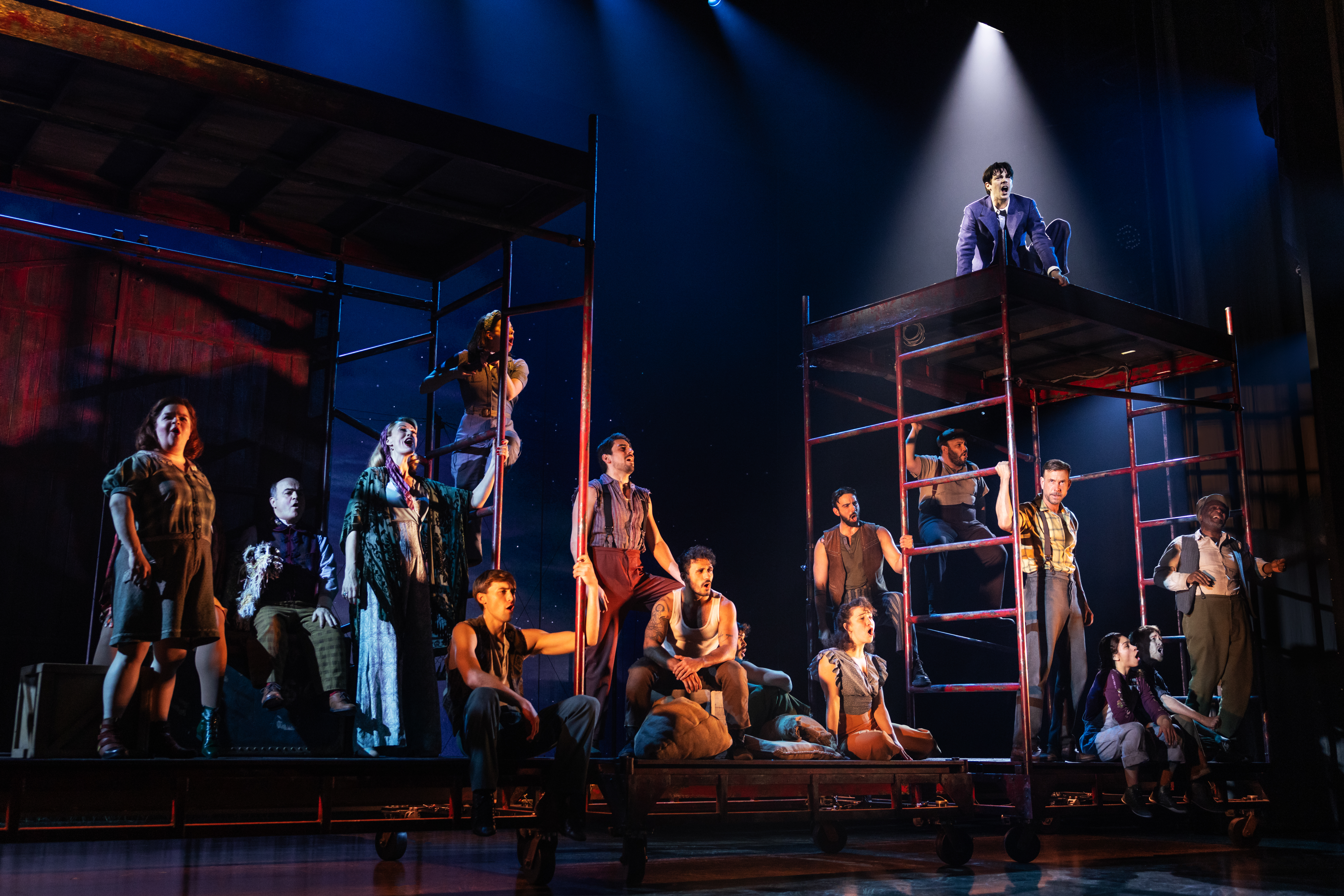Hosanna, Hey Sanna, How Dost Thine Art?

(© Ran Xia)
Paul Nolan, who played the title role in last season’s Broadway revival of Jesus Christ Superstar, recently scored the role of Ben in the upcoming musical Yoshimi Battles the Pink Robots at La Jolla Playhouse — inspired by albums from rock band The Flaming Lips — and he could hardly conceal his excitement over a dream coming true. “I read about the concept 4 or 5 years ago,” he told me via an e-mail interview. “Since then I wanted to be a part of it even if I had to sweep the stage.”
Over the past few years, he’s been amidst the combustible 50s’ west side neighbourhood (West Side Story); exiled in the Forest of Arden, carving names of love in trees (As You Like It); exalted a king and condemned a villain in Biblical times (coincidentally in his Jesus year); entangled in the treason against a pharaoh, as the Nile witnessed the hatred and sorrow between Nubia and Egypt (Aida) — it’s been a helluva rollercoaster. “I feel open to trying anything. My only mandate is to be an artist,” he comments. “By artist I mean a person who endeavours to work in an authentic way that has nothing to do with result.”
Paul sees flexibility essential in art. “Playing it safe is death to art. Given the opportunity, I’d always choose an unfamiliar role. I have my biggest growth when working outside of my comfort zone,” he says. His dream roles include – wait for it – the title role in Sweeney Todd and Iago in Othello. “Most directors wouldn’t see me as Sweeney but I think I could pull it off, surprise and horrify the audience,” he says. “I hope to tackle Iago someday. Gary Griffin said to me in a conversation once, ‘Iago, is RIGHT!’ And I think THAT’S how you approach playing a villain.”
Of course, acting isn’t just about playing a kaleidoscope of characters. Paul considers rediscovery no enemy to renovation. He enjoys revisiting a character but explains, “Only if I haven’t outgrown it.” Having played Jesus three times, he still loved rediscovering the part for “there is an endless well to explore. It often takes me quite a while to find the roots of a character, but when I do, it‘s when the fun begins.” He adds, “Some directors excel in updating classics to be very relevant today,” and considers “social, artistic, economic needs” triggers for revivals.
Paul prefers approaching characters introspectively. He wouldn’t watch the show he’s in. “I don’t like experiencing a show I’m emotionally and psychologically involved with externally,” he explains. “What you may discover from the audience’s POV could be destructive to your personal work.”
He also stresses the significance of choreography. “In West Side Story it serves the explosive and raw emotions of a Shakespearean situation and its musical manifestation. I can’t elaborate on what makes great choreography but I feel it when I see something that transcends reason and lives in the unspeakable. I remember Cristin Milioti’s movements with headphone on during ‘If You Want Me’ [in Once]. When singled out they don’t mean much but when connected to her deep need to communicate and storytelling skills, they hit me right in the gut. She took my breath away. I regret never sending her a card before Once became so popular. Now, she probably receives 100 cards a week!”
Such transcendence can also be experienced, in his opinion, through painting. “My friend, composer Michael Tremblay, introduced me to Mark Rothko’s works and we started mimicking his style,” says Paul. “I found painting relaxing, and I could apply some subconscious character work in the process. I like to paint with my eyes shut so I get closer to my true eyesight, and disconnect myself from trying to achieve deliberate results. Eventually when I can trust myself to not get in the way of what’s coming out of me, I open my eyes and work towards finishing it. I have no skill or training as a visual artist but I love the experience.”
The Tremblay/Nolan band Colorfield, is named after the 1950s abstract expressionism movement Rothko had been a part of, which advocated color to be the subject itself, freed from objective context. “We had a lot of influences from STARS, PATRICK WATSON, RADIOHEAD etc. We are co-writing a concept album called T+L,” comments the performer.
Paul’s career “escape plan” seems a bit far from his artistic side: becoming a fireman! “I think it’d be really interesting and fulfilling,” he explains. “Thrilling too! When I was 25 I tried to get into the Rappel Attack forest fire fighting team in British Columbia, a three-man-team that rappels into the mountains to put out small fires before they get out of hand. But I may be getting too long in the tooth to start that career now!”




